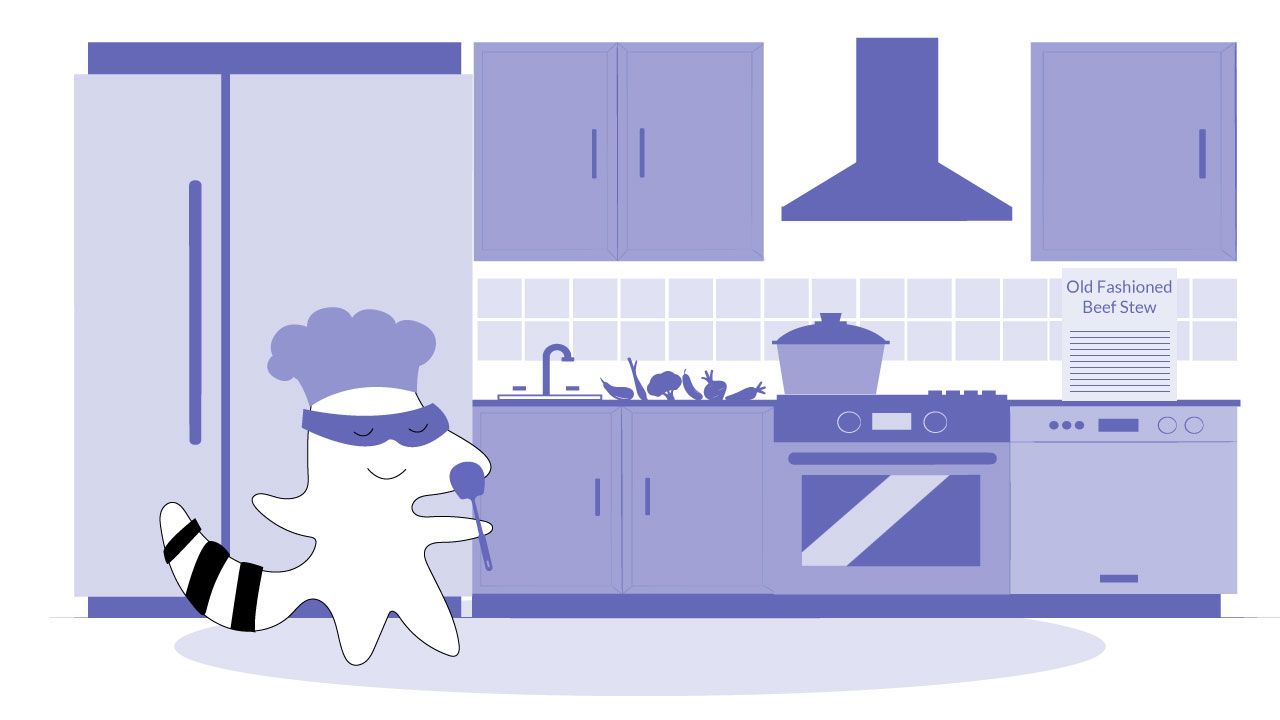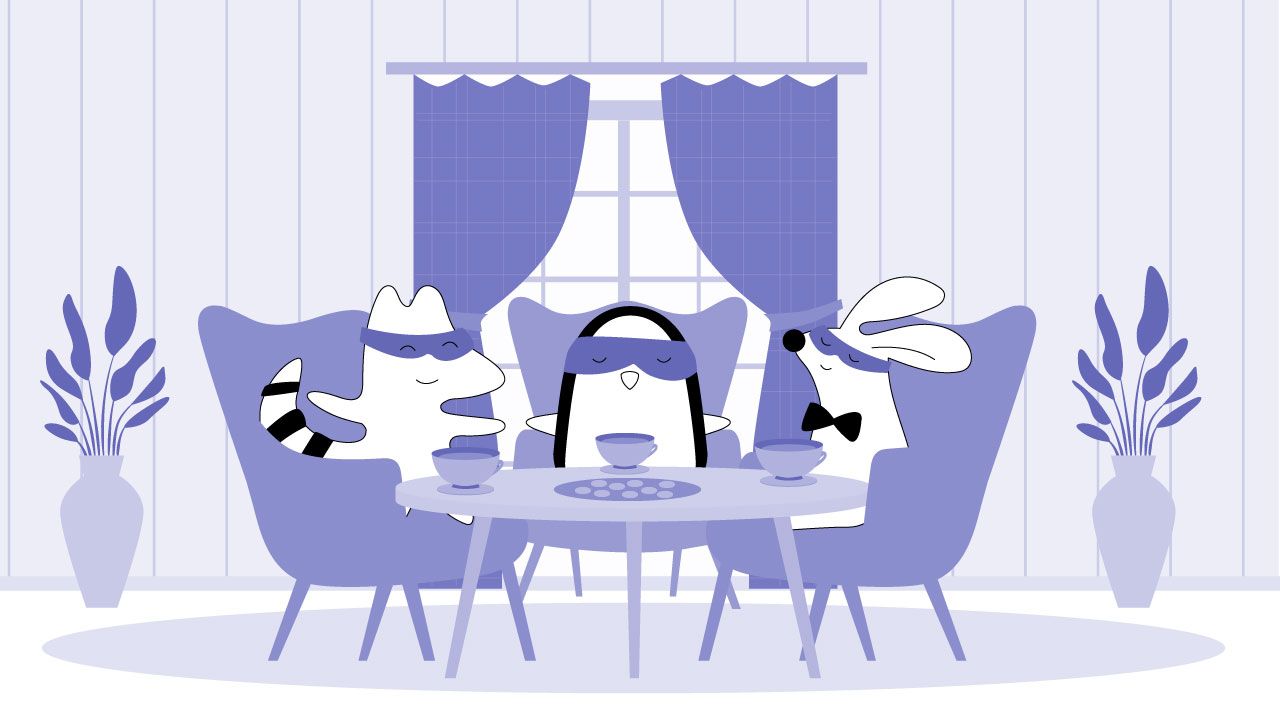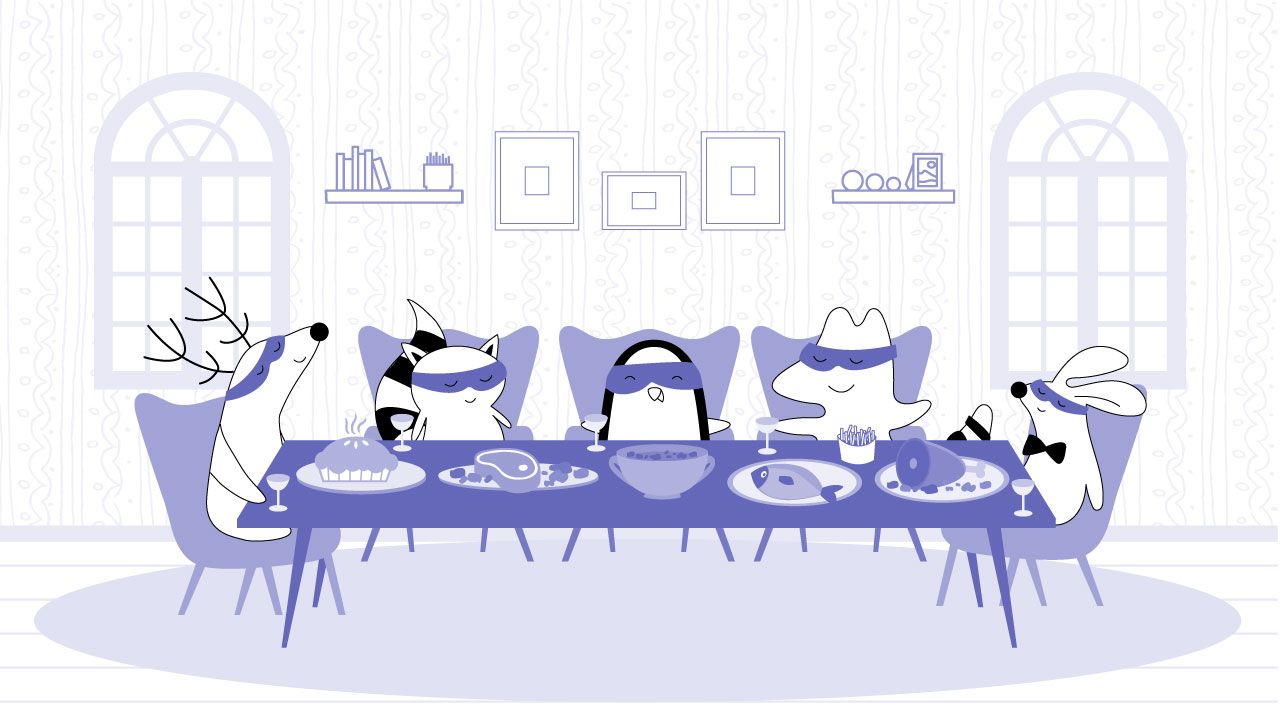
When dining in an English-speaking country, it's important to be aware of the differences in customs and table manners. For example, you should never start eating until everyone at the dinner table has been served, use your utensils properly, and stay polite at all times.
In this article, we'll explore the basics of English cuisine and dining etiquette in greater detail so that you can avoid any embarrassing faux pas while enjoying a meal in a foreign country! Furthermore, we'll share some of the most beloved examples of traditional British food across the country so that you know what to expect when sitting down for a meal.
After all, there's nothing worse than being famished and not knowing what to order! In our article on interesting tidbits about English culture, food was mentioned only briefly; however, it undoubtedly deserves a dedicated post.
So, whether you're traveling to England for business or pleasure, here's everything you need to know about English cuisine and dining etiquette.
Learn English with Langster
The Basics of English Cuisine
Most people assume that British food culture has nothing to offer except for greasy fish and chips, overcooked veggies, cornish pasties, and stodgy pies. While it's true that these dishes do exist (and are actually incredibly delicious), there's so much more to English cuisine than that!
Over the years, English cuisine – just like the English language – has been influenced by a number of factors, including the country's climate, geography, and history. For instance, England's cold and wet climate is perfect for growing root vegetables like potatoes, carrots, and turnips, which are often then used in stews and pies.
The island's location also makes it easy to import seafood from nearby countries such as France and Spain.
As for the history of English cuisine, it's believed that the first settlers on the island brought over ingredients and cooking techniques from their homelands. For example, the Anglo-Saxons introduced garlic and other spices to the country, while the Normans introduced dairy products like butter and cream.
In general, British cuisine is hearty, filling, and often quite simple. The most common meats are chicken, beef, pork, and lamb, which are usually cooked in stews or roasted. Common vegetables include potatoes, carrots, peas, beans, and cabbage. And, of course, no English meal would be complete without a delicious pudding or pie for dessert!

Traditional British Food Across the Country
While there are some common staples of English cuisine, the food varies quite a bit from region to region. In fact, each area of Great Britain has its own specialties and traditional dishes that are beloved by locals.
For instance, Yorkshire pudding, which is a type of savory meat pie, gives away its origin quite explicitly. Meanwhile, the city of Liverpool is famous for its scouse – a thick stew made with beef or lamb, potatoes, and carrots.
And, in London, you can find all sorts of international cuisine as well as traditional English dishes like bangers and mash (sausages and mashed potato), kidney pie, a full English breakfast (eggs, bacon, sausage, baked beans, toast, hash browns, and more), and the Sunday roast (a roasted joint of meat with roast potatoes, veggies, and black pudding).

As for traditional Scottish dishes, they include haggis (a type of savory pudding made with sheep's stomach that's often served with mashed potatoes and turnips), shepherd's pie (a type of meat pie made with lamb or mutton, sometimes also referred to as cottage pie), shortbread, and, of course, the pearl of Scottish cuisine – whisky.
In Welsh cuisine, you'll find delicious dishes like cawl (a type of soup with lamb) and bara birth (a type of fruitcake). And in Northern Ireland, the most popular dishes are Ulster fry (a type of fried full breakfast) and soda bread (a type of quick bread made with baking soda).
Of course, no matter where you are in the country, you'll always be able to find fish and chips – already an inseparable part of British culture. This classic dish is usually made with cod or haddock that's been fried in batter and served with french fries. It's the perfect meal to enjoy by the seaside on a sunny day!
If you're looking for something sweet, you can't go wrong with a classic English dessert like a spotted dick (a steamed suet pudding containing dried fruit) or treacle tart (a pastry made with golden syrup or molasses). For a refreshing treat, try a cup of afternoon tea with milk and sugar - it's the national beverage of England!
Of course, these are just a few examples - there are too many delicious British dishes to list them all! So, if you're ever feeling adventurous, be sure to ask the locals for their recommendations. They'll be more than happy to share their favorite restaurants and the best dishes to order, making sure you’ll find a traditional dish that will satisfy your taste buds!

Table Manners and Dining Etiquette
Now that you have a better understanding of what English food is all about, it's time to learn about the proper etiquette for dining in an English-speaking country. After all, there's nothing worse than committing a major faux pas in front of your hosts!
Here are a few things to keep in mind:
- Always wait for everyone to be served before you start eating.
- Say "please" and "thank you" when ordering food or drinks and when they're brought to you. You don’t have to apologize for every move you make, but don’t neglect those basic manners.
- Make sure your phone is turned off or on silent before sitting down at the table.
- Use your utensils properly – fork in the left hand and knife in the right. The fork should be used to eat most of your food, while the knife is primarily used to cut meat or support food. Soup spoons are usually placed to the right of your forks.
- Cut only one bite of food at a time, and eat it before cutting the next piece.
- When you're finished eating, place your utensils side by side on your plate in the “resting” position.
- Don't place your elbows on the table.
- Never chew with an open mouth or talk with food in your mouth.
- When it's time for dessert, wait for everyone to finish their main course before ordering. Remember to use your utensils properly – dessert fork for cake, dessert spoon for pudding.
- Food stuck in your teeth? Use your tongue to remove it discreetly or visit the restroom to get rid of it.
- If you need to leave the table, excuse yourself first.
- Remember to say "cheers" before taking a sip of your drink!
Proper etiquette dictates that you start with a soup or salad, followed by the main course. When dining out, be sure to order off the menu and not from the specials board.
If you get confused about, for instance, when to use a butter knife and when to use a regular one, don't worry – just follow the lead of your hosts, and you'll be fine. British people can be nitpicky when it comes to good manners at dinner parties, but they’ll be happy to help you out!
Following these simple tips, dining in an English-speaking country will be a breeze! Just relax and enjoy the delicious food – after all, that's what mealtime is all about.
The Bottom Line

Now that you know a little bit more about English cuisine, it's time to put your knowledge into practice! Be sure to brush up on your table manners and dining etiquette so you can enjoy a meal in an English-speaking country without making any embarrassing mistakes.
So, there you have it – a brief overview of English cuisine and dining etiquette! Whether you already have your next trip to England planned or just wanted to learn more about the country's food, we hope this article has been helpful. Consider downloading our Langster app to learn related vocabulary, and you’re ready for fine dining. Bon appétit!









